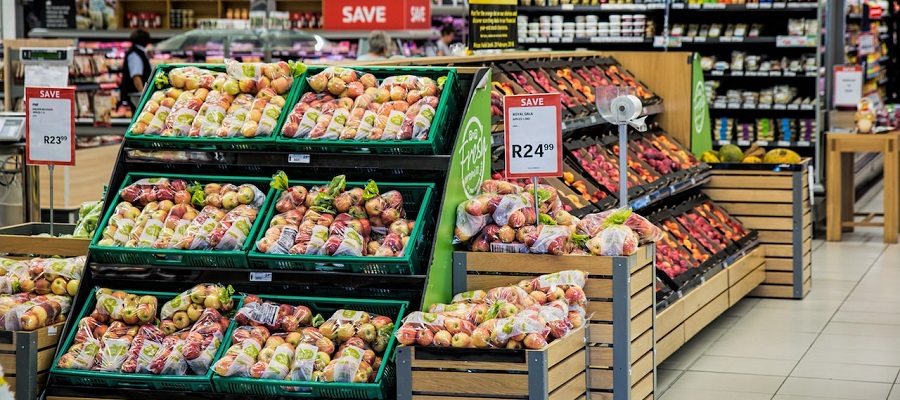A grocery database is a collection of information about grocery items, including their names, descriptions, prices, and other relevant details. It may be used by a grocery store or other retail business to manage their inventory, track sales, and generate reports. It may also be used by consumers to plan their shopping trips, create shopping lists, or track their spending. A grocery database can be stored in a variety of formats, such as a spreadsheet, a database management system, or a web-based application. It may also include information about where the items are located in the store, as well as nutritional information, product ratings, and other details that can be useful to shoppers.
What are the benefits of a grocery database?
-
Improved efficiency: A grocery database can help a store or business streamline its operations by automating tasks such as inventory management, price updates, and sales tracking. This can save time and reduce the risk of errors.
-
Enhanced customer experience: A grocery database can provide valuable information to customers, such as product descriptions, ratings, and nutritional information. This can help shoppers make more informed decisions and have a better overall shopping experience.
-
Increased sales: By providing accurate and up-to-date information about products and prices, a grocery database can help businesses attract more customers and increase sales.
-
Better decision-making: A grocery database can provide businesses with insights into consumer behavior and preferences, which can inform decisions about which products to stock and how to market them.
-
Improved inventory management: A grocery database can help businesses track the movement of products in and out of their inventory, which can help them ensure they have the right products on hand and avoid shortages or excesses.
What can I do with nutritional information on products from a grocery database?
Nutritional information on products can be useful for a variety of purposes, including:
-
Planning a healthy diet: By understanding the nutritional content of the foods you eat, you can make informed decisions about what to include in your diet and ensure that you are getting the nutrients you need.
-
Managing a medical condition: If you have a medical condition that requires you to follow a specific diet, such as diabetes or high blood pressure, nutritional information can help you make choices that align with your treatment plan.
-
Monitoring your weight: Nutritional information can be useful for tracking your intake of calories, fat, and other nutrients that may affect your weight. By understanding the nutritional content of the foods you eat, you can make adjustments to your diet to reach or maintain a healthy weight.
-
Tracking your nutrient intake: Some people may use nutritional information to keep track of their intake of specific nutrients, such as fiber, protein, or vitamins and minerals, to ensure that they are meeting their daily needs.
-
Making informed choices: Nutritional information can help you compare the nutritional value of different products and make informed choices about what to buy and consume.
How many grocery items exist globally?
It is difficult to determine the exact number of grocery items that exist globally, as this number is constantly changing as new products are developed and introduced to the market. There are many different types of grocery items, including fresh and packaged foods, household products, and personal care items, and these are sold in a variety of retail settings, including grocery stores, supermarkets, and online marketplaces. The variety of grocery items available also varies by region, as different countries and cultures have different dietary preferences and consumer needs. Overall, it is likely that there are tens of thousands of different grocery items available globally. We're growing our Food Index daily and adding new products, descriptions, barcodes and nutritional information.


